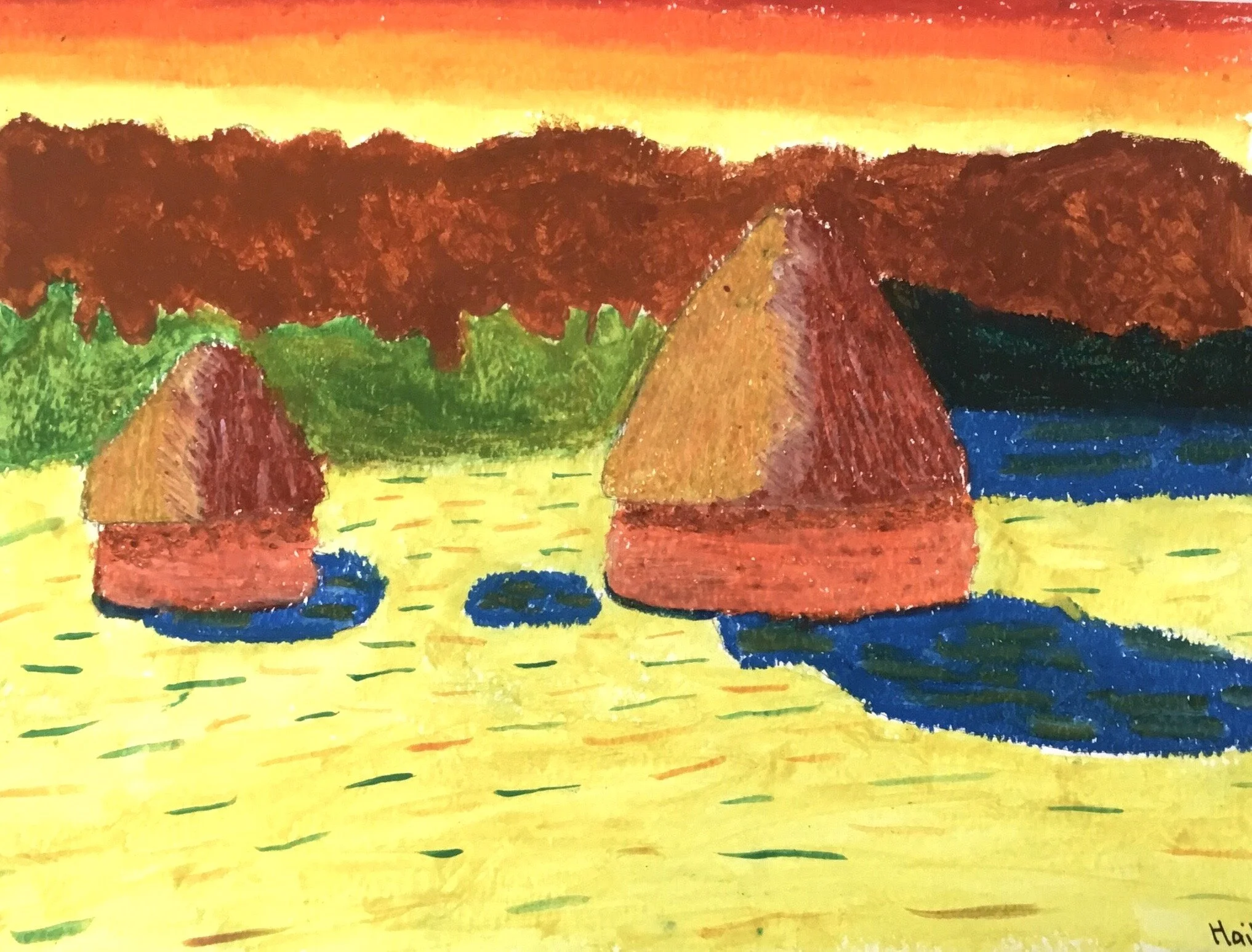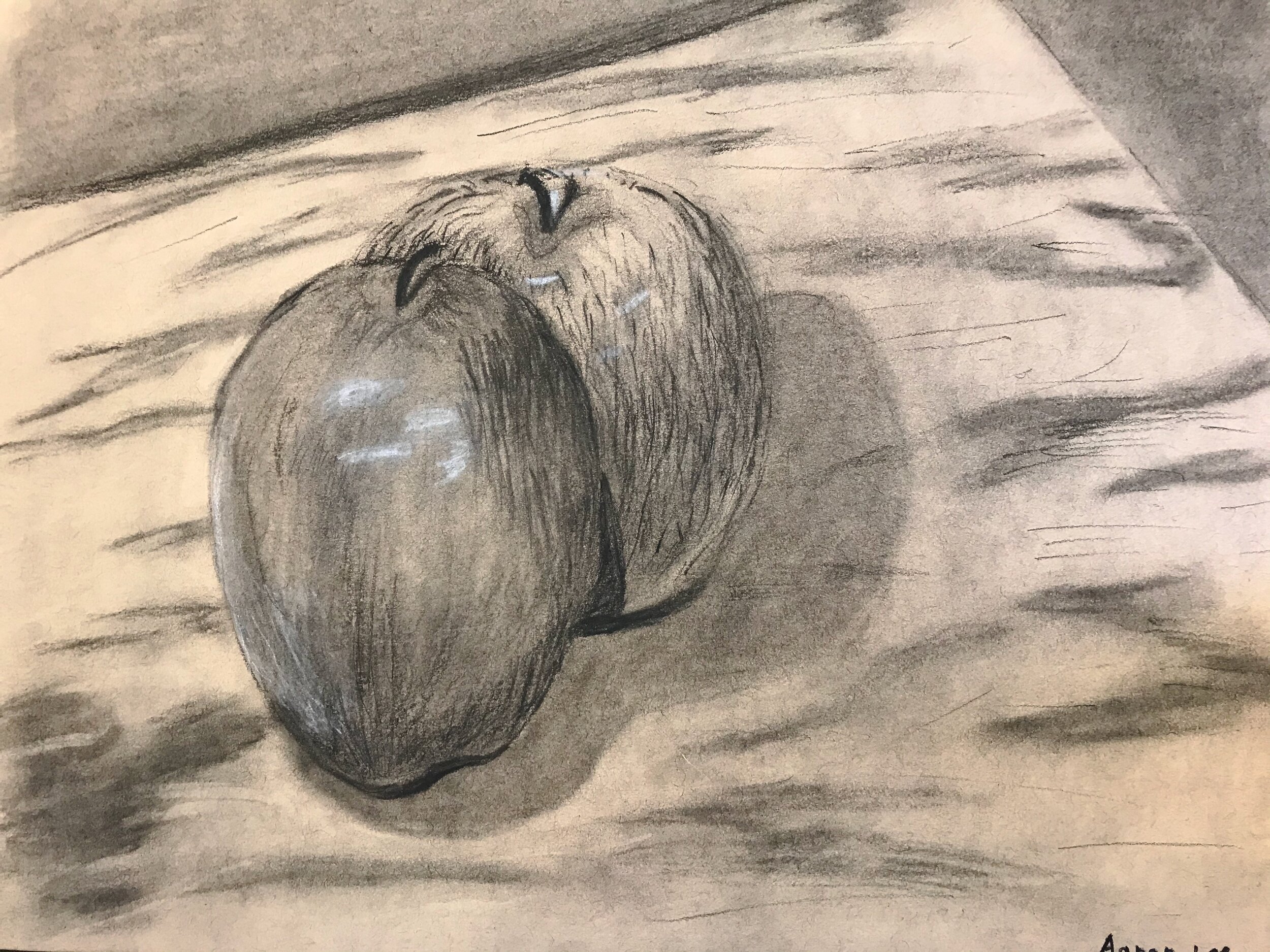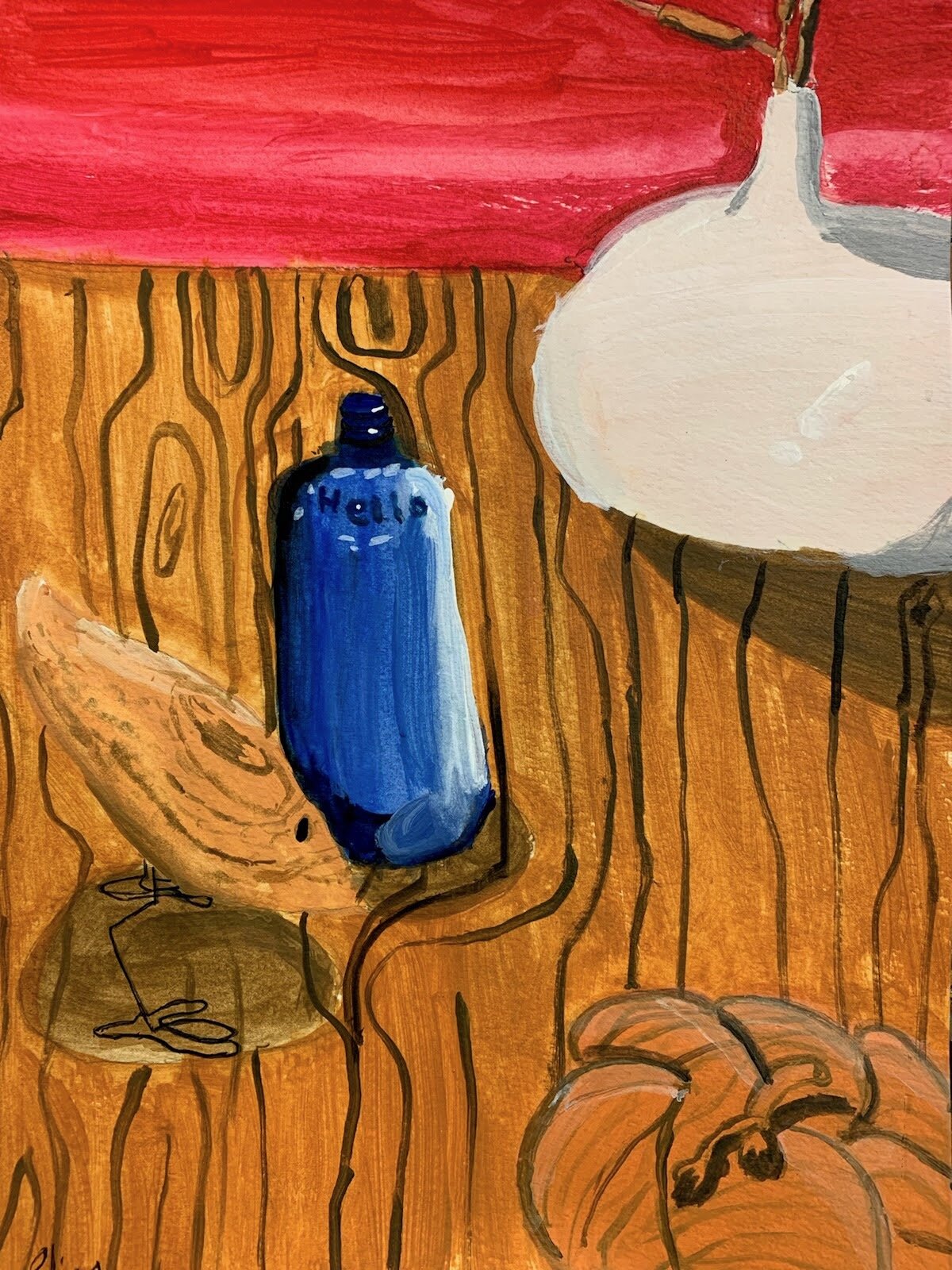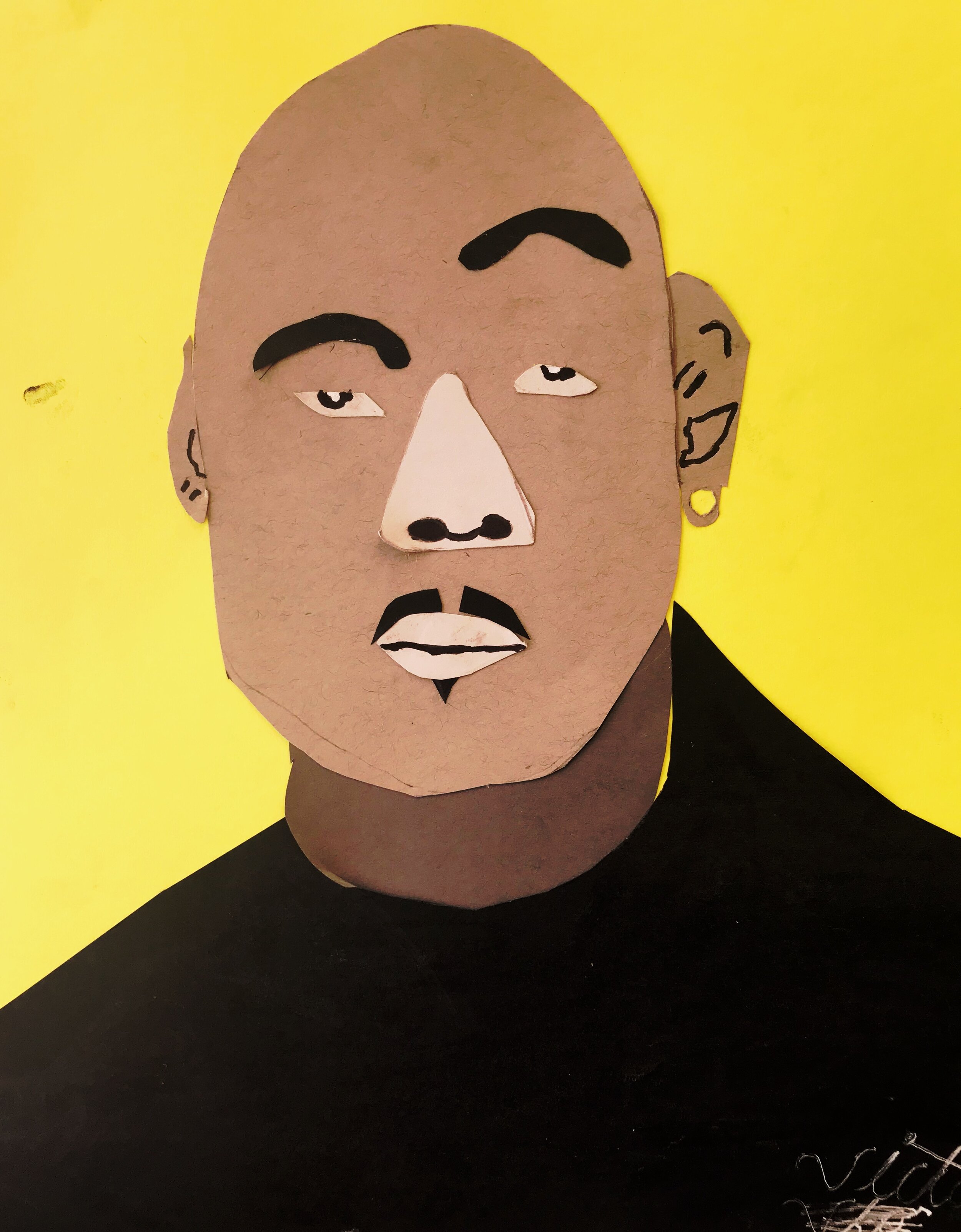Ifa, age 10.
Emma, age 10.
Updates

Ifa, age 10.

Emma, age 10.
Inspired by Claude Monet’s “Haystacks, end of Summer”, our students created beautiful master copies of this piece.

Hailie, age 10.

Emma, age 10.
We are continuously amazed by our students’ creations! Being separated by a computer screen hasn’t stopped them from making beautiful art!

Twyla, age 13

Grace, age 9

Hailie, age 10

Observe: 3 Objects (Shape & Pattern)
Using what you learned about shape and pattern in the previous lessons, draw three objects from life. Emphasizing their flattened shapes and any patterns on the objects. Start with the big shapes and then move on to smaller shapes and details.
Sami, age 10.

Observe: 2 Objects (Value & Form)
Using what you learned about value and form in the previous lessons, draw two objects from life. Start with the big shapes and then move on to smaller shapes and details.
Aaron, age 11.

Observe: Objects in Perspective
Using what you learned about perspective in the previous lessons, set up a still life to be drawn in perspective. Use a ruler to help you see the correct angles. Start with the big shapes and then move on to smaller shapes and details.
Eliza, age 10.

Setting up the objects!

Fun times!

The objects in their final composition. Can’t wait to see the finished drawing!
SHAPE: A flat area defined by its edges or an outline.
GEOMETRIC: Shapes that have names and can be constructed with a compass and/or ruler.
ORGANIC: Shapes found in nature, non regular.
COMPOSITION: The way in which something is put together or arranged.

Victor, age 13.

Roxy, age 9.

Kai, age 10.
Forms are three dimensional shapes. Because drawings and paintings have only two dimensions, artists must use shadows on the objects themselves as well as cast shadows in order to let the viewer know if the object they are viewing is a form, or a flat shape. If you learn how to create form, you can make everything in your artwork look 3D. Most objects that we have in everyday life are made up of combinations of slightly modified platonic forms.

Malia, age 10

Sam, age 14

Monty, age 10